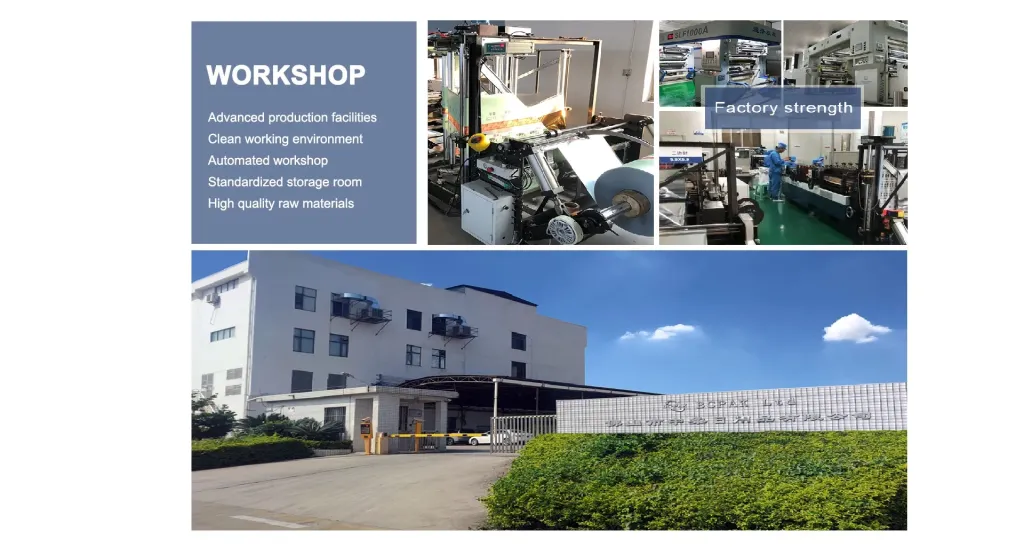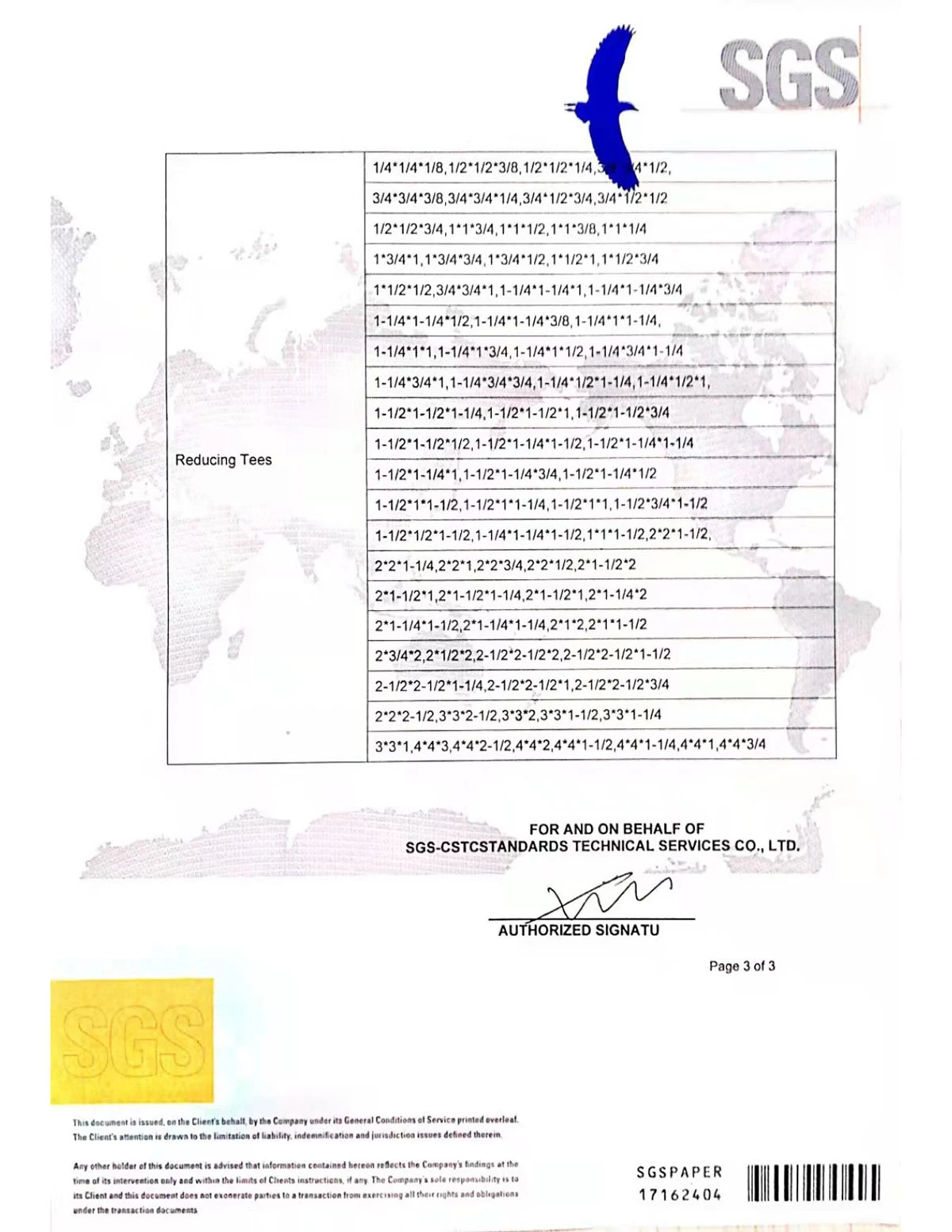Understanding NPT Fittings Essential Insights

Navigating the myriad of piping components and fittings, NPT fittings emerge as vital elements in numerous industrial and residential applications. The National Pipe Tapered (NPT) fitting is a standard in fluid and gas transportation, renowned for its tight seal and pressure-handling capabilities. This article delves into NPT fittings, providing expert insights and authoritative guidance for anyone looking to leverage these components effectively.
NPT Fittings The Basics
NPT fittings, established by the American National Standards Institute (ANSI), are distinguished by their tapered threads. This tapering is crucial as it allows for tighter seals, which are enhanced by the increasing pressure exerted when the male and female threads are joined. Widely employed across industries such as plumbing, oil and gas, chemical processing, and automotive, their utility cannot be overstated.

Material Matters
The choice of material for NPT fittings depends largely on the application. Common materials include stainless steel, brass, PVC, and other alloys. Stainless steel is often used in environments requiring resistance to corrosion and high temperature. Brass fittings are favored for plumbing and environments where corrosion is less prevalent. PVC is a go-to for applications involving corrosive chemicals due to its durable and non-reactive nature.
Installation and Best Practices
One critical aspect of NPT fittings is proper installation. The inherent design features make them highly reliable but require meticulous installation to avoid leaks. Always apply the appropriate amount of thread sealant, often PTFE tape, ensuring no excess material enters the fluid system as this can cause blockages. Threads should be tightened with the appropriate tools, taking care to understand the specific torque requirements of the material being used—over-tightening can damage the threads, whereas under-tightening can lead to leaks.
what is npt fitting
Pressure and Temperature Considerations
NPT fittings are lauded for their ability to handle high-pressure environments. However, it is crucial to consider both the pressure rating and temperature limitations based on the specific material of the fitting. Each material and design comes with its set pressure ratings and temperature thresholds. For example, stainless steel fittings typically handle higher pressures and temperatures compared to PVC.
Applications and Versatility
NPT fittings' versatility extends to their application across various industries. They are often used in hydraulic and pneumatic systems, water supply lines, and in chemical transport pipelines. Their popularity in these areas stems from their predictable performance and ability to accommodate varied pressure levels and fluid types.
Global Standards and Compatibility
While NPT fittings are prevalent in the United States, it is essential to note the existence of other international thread standards such as BSP (British Standard Pipe). When selecting NPT fittings for global projects, ensure compatibility by consulting detailed specification sheets and verifying cross-compatibility, as mismatched threading can lead to critical failures.
In conclusion, NPT fittings are indispensable components in the realm of fluid and gas transport. Their reliability and versatility make them a preferred choice across industries worldwide. Understanding their operation, material specifications, and installation requirements will guarantee optimal performance and ensure safety and efficiency in various applications. By adhering to these guidelines and maintaining awareness of global standards, professionals can leverage the full potential of NPT fittings, enhancing their project's success and longevity.
Post time:
Jan-16-2025











